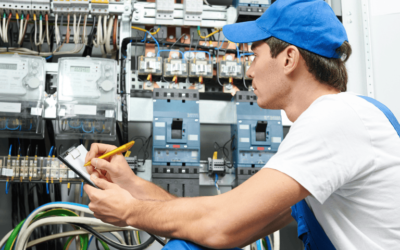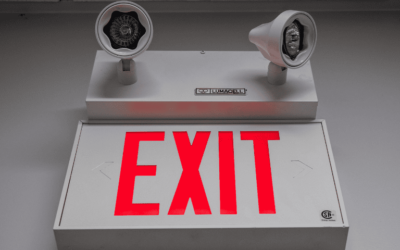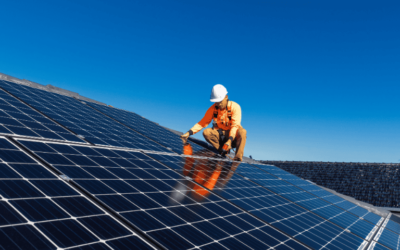If you are considering a lighting retrofit for your organization you’ve probably heard the term high-bay lighting, however, you may not know what this term means. In today’s post, we will go through the granular details on what high-bay lighting is, where it is used, and how it stacks up against the competition. Typically, you’ll see high bay lighting in large indoor spaces where there is a significant amount of square footage that needs to be illuminated. Spaces like: large manufacturing facilities, gymnasiums, warehouses, large department stores, factories, and the like. Typically, spaces like this are covering a large vertical space and horizontal space. To illuminate this space effectively, you need a light that is powerful enough to provide the appropriate foot-candle levels. High bay lights are typically the lights that are used for this kind of facility.
Why LED high bay lights vs The Competition
Historically, various types of lighting technology were (and still are) used in warehouse and industrial settings when high bay lights were required. Some of the most common include metal halide, high-pressure sodium, and fluorescent. Industrial LED lighting outperforms its conventional counterparts in important ways. Let’s take a look at some of the various considerations when deciding whether an LED retrofit is appropriate for your warehouse or industrial space.
- Commercial and Industrial LED lighting vs Metal Halide high bay lights: If you’ve ever been to a big box retail store or a warehouse, chances are that the lighting that’s used is metal halide. These metal halide lights do offer some benefits to the facility such as: good color rendering, and adequate foot candle levels. However, there are also some drawbacks which are: these lights often take a long time to warm up (15 to 20 minutes on average). They are expensive lights to maintain, and they can often flicker on and off. Finally, they produce a lot of heat that is lost energy.
- LED high bay lighting vs High-Pressure Sodium (HPS) lights: HPS lights are often used in distribution centers, industrial, business, and recreational facilities where high bay lighting is appropriate. These lights are inexpensive to purchase, they have a high energy efficiency, meaning their operating costs are low, and they have a relatively long lifespan. The downsides of high-pressure sodium bulbs include the worst color rendering on the market and a long warm-up period.
- Industrial LED lighting vs Fluorescent lighting: Though somewhat less common, fluorescent lighting is sometimes utilized in a warehouse or industrial applications (primarily T12, T8, and T5 lights). The benefits of fluorescent lights include cheaper initial costs and relatively high efficiency (especially when compared to other conventional HID lamps. Downsides include the presence of toxic mercury (which requires certain waste disposal procedures), decreased lifetime if switched on and off and require a ballast to stabilize the light.
Conclusion
So, in conclusion, we can see that LED high bay lights are a clear winner when compared with fluorescents, high-pressure sodium, and metal halide. To see a great case study for a national big box home furnishing chain click here to see the results. If you have any additional questions after reading this blog post reach out to us here at Action Services Group. We would be happy to schedule a no-pressure consultation to see how we can help.
Do you have more questions about high bay lighting?
We’ve compiled a lot of resources to help facility managers and owners learn about LED lighting and how it can benefit particular applications. Visit our “Education Center” page to learn about specific types of fixtures (such as high bay, fluorescent LED or other LED lighting applications.) For more information on LED lighting, contact Action Services Group by calling 610-558-9773, email [email protected], or schedule a call that fits your needs by clicking the button below.







































The poor color rendering of HPS is an important factor, glad you mentioned that. Since HPS is used to much in outdoor settings, the fact that many have been upgraded to LED makes a big difference. 70-80 CRI may be terrible if you’re lighting a museum or art gallery, but it’s an amazing difference when you’re lighting a parking lot or street, especially when the old lighting had a CRI of 20-25.